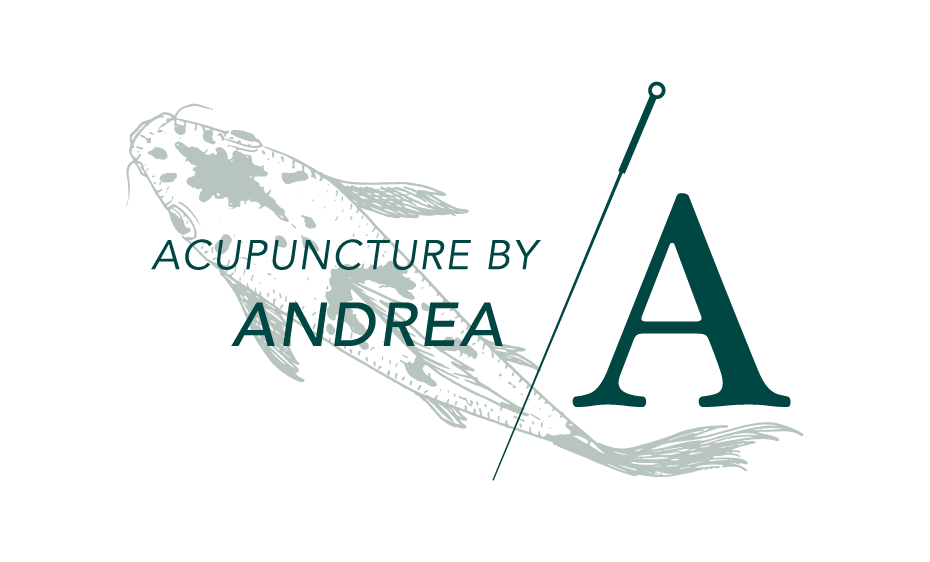East Meets West
Two very different theories exist as to how acupuncture works. According to Chinese philosophy, the body contains two opposing forces: yin and yang. When these forces are in balance, the body is healthy. Energy, called "qi" (pronounced "chee"), flows like rivers along pathways, or meridians, throughout the body. This constant flow of energy keeps the yin and yang balanced. However, the flow of energy can sometimes be blocked, like water getting stuck behind a dam. A disruption in the flow of energy can lead to illness.
Approximately 2,000 different acupuncture points lie along the body's meridians. The idea behind acupuncture is that stimulating these points with acupuncture needles or pressure relieves obstructions in the flow of energy, enabling the body to heal.
In the Western view, acupuncture likely works by stimulating the central nervous system (the brain and spinal cord) to release neurotransmitters and hormones. These chemicals dull pain, boost the immune system and regulate various body functions.
In a modern acupuncture session, an initial consultation is followed by taking the pulse on both arms, and an inspection of the tongue. Classically, in clinical practice, acupuncture is highly individualized and based on philosophy and intuition, and not on controlled scientific research. The number and frequency of acupuncture sessions vary but generally more than one session is needed. In the United States, acupuncture typically lasts from 10 to 60 minutes, with diagnosis and treatment in a single session.
Traditional Chinese Medicine (TCM) involves needle insertion, moxibustion, and cupping therapy. Acupuncturists generally practice acupuncture as an overall system of care, which includes using traditional diagnostic techniques, acupuncture needling, and other adjunctive treatments. Herbal medicines are prescribed to complement treatment and balance compromised qi.
In TCM, disease is generally perceived as a disharmony (or imbalance) in the functions or interactions of yin, yang, qi, and meridians and the interaction between the human body and the environment. Therapy is based on which "pattern of disharmony" can be identified. In the case of the meridians, typical disease patterns are invasions wind, heat, cold, damp and dryness. In order to determine which pattern is at hand, practitioners will examine the color and shape of the tongue, the relative strength of pulse-points, the quality of breathing along with health history and current symptoms. TCM and its concept of disease do not strongly differentiate between cause and effect. In theory, however, endogenous, exogenous and miscellaneous causes of disease are recognized.

